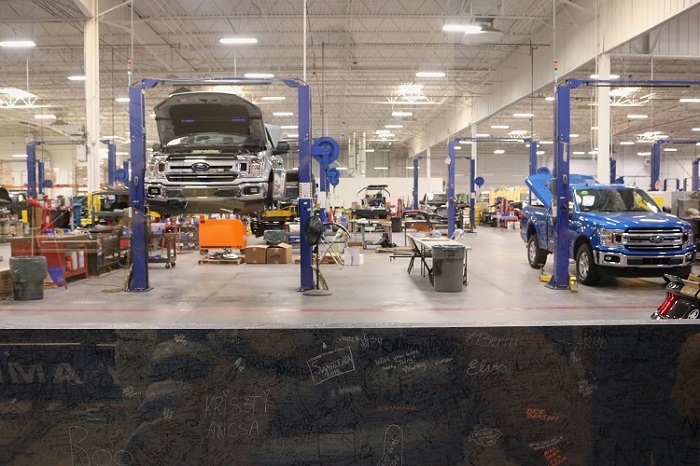When it comes to the supply chain of the auto industry in the UK, it has undoubtedly been a tough few years. Even when employees returned to work after the lockdown restrictions of 2020-1, the supply chain was rife with bottlenecks.
A closer look
The lockdowns initially resulted in a wave of factories putting the brakes on production. China and South Korea are major suppliers of auto parts, but of course, things came to a standstill there. Then the rules loosened at different rates around the world. This meant the global supply chain was lacking the consistency it needed to recover quickly.
It didn’t help that the auto industry hadn’t really embraced digitisation before 2020. The pandemic forced car dealers, garages, and retailers to start offering more doorstep deliveries, test drives, and electronic signatures.
Nevertheless, recessionary fears and rising interest rates posed further challenges to a struggling auto market in 2022. The Ukraine-Russia conflict put a further spanner in the works. Before this, Ukraine produced an estimated 45-54% of the world’s semiconductor neon. This material was essential to produce the lasers that auto producers use to create chips.
Easing supply chain issues
In 2023, the issues have gradually started to subside in the UK market. In the first half of the year, UK car production rose by 11.7%, and in June, it rose by 16.2%.
Production is still not as high as it was before the pandemic, but it is good to finally see some growth. Much of this was due to the rise in demand for electric and hybrid models in the UK.
The role of overseas exports
Higher supply and demand rates have led to surges in vehicle air freight services. The auto industry is very important for the European economy, and the UK is one of the main sources of the EU’s auto imports (along with China).
The USA also drives a large amount of demand, being the main export destination for cars produced in the EU and the UK.
Conclusion
Though the supply chain is clearly not where it was before the pandemic, we are seeing the first hopeful signs of improvement.
As demand grows for electric cars over the next few years, supply chains are likely to see far fewer car parts passing through them. It’s likely to be a time of significant change. The major players in the auto world now turn their attention to making EVs more affordable and developing more sustainable battery types and recycling processes.
It’s an unpredictable time for automakers. It is to be hoped that after a period of change, the supply chain will evolve and come out the other side in a stronger position.





No Comment! Be the first one.